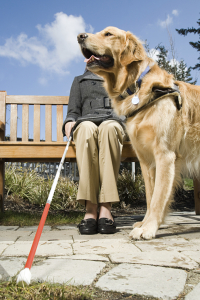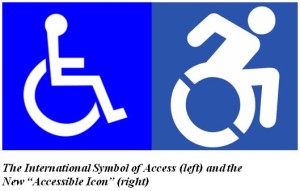
By: Seyfarth ADA Title III News & Insights Editors
Seyfarth Synopsis: Here’s our take on Sunday’s 60 Minutes episode on “drive-by” abusive ADA Title III lawsuits and the legislative efforts to address them.
60 Minutes aired a segment about ADA Title III “drive-by” lawsuits on Sunday, December 4, which focused on a few of the ways in which the law
Continue Reading Controversial 60 Minutes Segment on “Drive-By” ADA Lawsuits Highlights Negative Aspect of the Law







